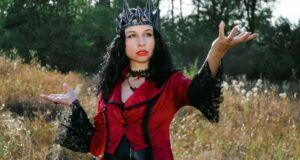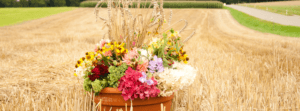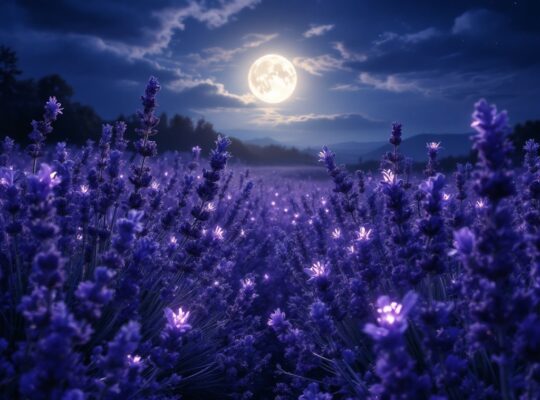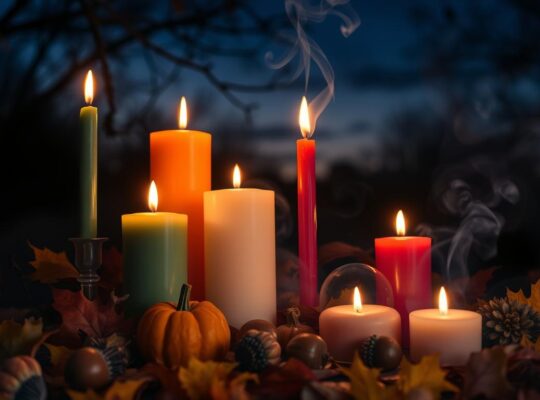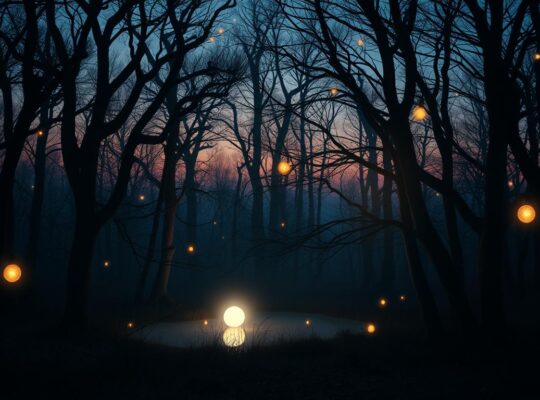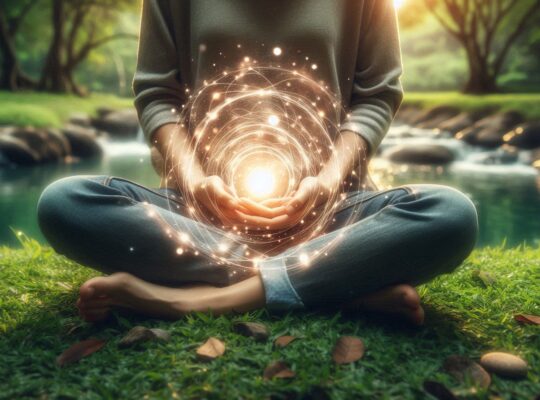Hey there, magical souls! Ready to take you on a spellbinding journey through the history of witches. Grab your favorite cup of herbal tea, get cozy, and let’s dive into this enchanting tale that spans thousands of years.
Ancient Roots: Where It All Began
Alright, let’s start at the very beginning – and honey, we’re talking way back. The concept of witchcraft is as old as humanity itself. In ancient Mesopotamia, around 3000 BCE, people were already practicing magic and divination. These early “witches” were often respected members of society, using their skills to heal the sick, predict the future, and communicate with the spirit world.
In ancient Egypt, magic was woven into the fabric of daily life. Priests and priestesses were essentially magicians, using spells and rituals to maintain cosmic order. And let’s not forget about the badass women of ancient Greece, like Circe and Medea, who were some of the first witches to strut their stuff in literature.
But here’s the tea: in these ancient times, witchcraft wasn’t seen as something evil or dangerous. It was just another part of life, like baking bread or tending to crops. People turned to witches for help with everything from love troubles to crop failures. It was all about working with nature and the unseen forces of the universe.
The Middle Ages: When Things Got Messy
Now, fast forward to the Middle Ages in Europe, and honey, this is where our story takes a dark turn. As Christianity spread, the old pagan ways started to be seen as a threat. Suddenly, what was once considered helpful magic was now labeled as evil witchcraft.
The witch hunts began in the 15th century and reached their peak in the 16th and 17th centuries. It was a time of mass hysteria, false accusations, and tragically, many innocent lives lost. The infamous Salem Witch Trials in colonial Massachusetts were just a small part of this larger European phenomenon.
But here’s the thing – most of the people accused of witchcraft during this time weren’t actually practicing magic. They were often just ordinary folks, usually women, who didn’t fit into society’s narrow expectations. Maybe they were healers using herbal remedies, or perhaps they were just a little too outspoken for their time. The witch hunts were less about actual witchcraft and more about control, fear, and scapegoating.
The Enlightenment: A Breath of Fresh Air
Thank goodness, the Age of Enlightenment in the 18th century started to blow away some of that superstitious fog. People began to question the reality of witchcraft, and the witch hunts gradually came to an end.
But don’t think for a second that witchcraft disappeared. Oh no, honey! It just went underground. Secret societies and occult groups kept the magical flames burning, studying and practicing their craft away from prying eyes.
The 19th and 20th Centuries: The Witchy Renaissance
Now we’re getting to the good stuff! The 19th and 20th centuries saw a major revival of interest in witchcraft and paganism. It was like nature itself was saying, “Hey, remember us?”
In the late 19th century, scholars started to study folklore and ancient religions more seriously. This led to a renewed interest in the old ways. Then, in 1954, a British civil servant named Gerald Gardner published a book called “Witchcraft Today,” claiming to reveal the secrets of an ancient witch cult that had survived in secret for centuries.
Whether or not Gardner’s claims were true (and honey, that’s a whole other cup of tea), his work sparked the modern Wiccan movement. Suddenly, witchcraft wasn’t just something from the history books – it was a living, breathing spiritual path that people could follow.
Modern Day: Witches in the Digital Age
And that brings us to today, where witchcraft is having a major moment. Thanks to social media, witches from all over the world can connect, share knowledge, and support each other. You’ve got Instagram witches sharing their beautiful altars, TikTok witches teaching spell basics, and YouTube witches giving in-depth tutorials on everything from tarot reading to herb magic.
Modern witchcraft is incredibly diverse. You’ve got Wiccans, eclectic witches, green witches, kitchen witches, and so many more. Some follow structured traditions, while others, like yours truly, prefer to forge their own magical path.
What’s really beautiful about modern witchcraft is how it’s being used as a tool for empowerment, especially for marginalized groups. Many women, LGBTQ+ folks, and people of color are reclaiming the label of “witch” as a symbol of their own power and connection to nature.
And let’s not forget how witchcraft has seeped into popular culture. From “Charmed” to “American Horror Story: Coven,” witches are everywhere in TV and movies. Witchy fashion is all the rage, and you can find spell kits and crystals in mainstream stores.
Claim your free ‘Herbal Healing Guide for Witches’ and unlock the magical power of plants!
The Future of Witchcraft: Where Do We Go From Here?
So, what’s next for witchcraft? If you ask me, the future is looking pretty bright (and not just because of all those candles on our altars).As we face global challenges like climate change, I think we’ll see even more people turning to earth-based spiritualities like witchcraft. There’s a growing recognition that we need to reconnect with nature and live in harmony with the Earth.
We’re also likely to see witchcraft continue to evolve and adapt. Just as our ancestors incorporated new ideas and technologies into their practice, modern witches are finding ways to work magic in our digital world. Crystal grids on smartphones, anyone?
But no matter how much things change, I believe the core of witchcraft will remain the same: a practice rooted in personal empowerment, connection with nature, and the belief that we can shape our own reality.
Whew! What a journey, right? From ancient priestesses to medieval scapegoats, from secret societies to Instagram influencers, the history of witches is a wild ride. But through it all, the essence of witchcraft has remained: a connection to the natural world, a belief in unseen forces, and the power to create change.
Whether you’re a practicing witch, a curious seeker, or just someone who enjoys a good story, I hope this little trip through history has given you some food for thought. Remember, we all have a little magic inside us – it’s just a matter of learning how to use it.
FAQs
Q: Are witches real?
A: Yes, witches are real! Modern witches are people who practice various forms of paganism, nature worship, or magical practices.
Q: Do witches really cast spells?
A: Many witches do cast spells, which can be thought of as focused intentions combined with symbolic actions. However, it’s not about flying on broomsticks or turning people into frogs!
Q: Is witchcraft only for women?
A: Not at all! People of all genders can be witches. While historically many accused “witches” were women, modern witchcraft is practiced by people of all genders.
Q: Is witchcraft evil?
A: Nope! Most modern witches follow ethical practices focused on personal growth, healing, and harmony with nature. Like any tool, magic can be used for good or ill – it depends on the intention of the practitioner.
Q: How can I learn more about witchcraft?
A: There are tons of great books, websites, and online communities dedicated to witchcraft. Start by researching different traditions and see what resonates with you. And of course, stay tuned to Witchful Healing for more magical content!
Blessed be, y’all! 🌙✨


